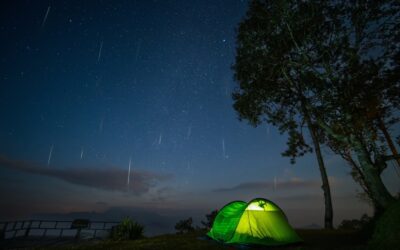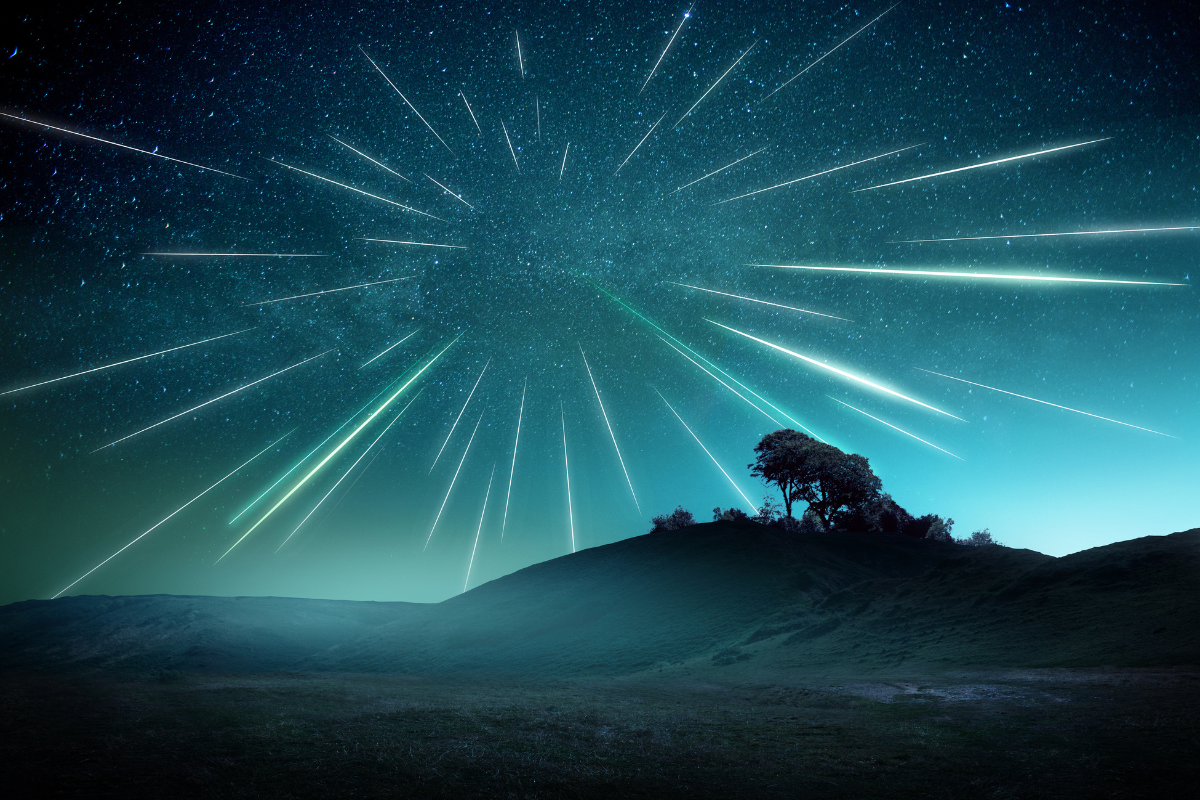
Photo courtesy of Canva
Mark your calendars, all you astrophiles
The phrase “celestial event” may sound highbrow, but it actually has a very simple definition: anything that happens in space that’s visible to the naked eye.
Some examples of celestial events include:
- Phases of the moon
- Eclipses
- Solstices
- Meteor showers
- Elongation of planets
From January 2024 until the official start of spring, North Carolinians will experience eight such events, from a Quadrantid meteor shower to the March equinox. Here’s a bit of information about each one, plus how to see them and where in NC to get the best, unhindered views.
January 3-4: Quadrantid Meteor Shower
The Quadrantid meteor shower is an annual celestial event when our planet passes through ice, dust, and debris from an asteroid known as 2003 EH1, which scientists believe is an extinct comet.
Unlike most meteor showers that last for days, this one only lasts a matter of hours. So although it technically runs from mid-November through mid-January, you’ll most likely only catch it during its predicted peak, which is a narrow window of only six or so hours in early January.
Fortunately for North Carolinians, the peak is set for around 4 a.m. Eastern Time on Jan. 4, which means there’s a good chance you’ll see some shooting stars—as long as you’re willing to bundle up and head outside in the wee hours of the morning. If not, you can probably still catch the event once it gets dark on Wednesday, Jan. 3.
Another pro of the 2024 Quadrantid meteor shower compared to past years is that the moon will be a 47% illuminated waning crescent in the constellation Virgo during the peak, allowing for far better viewing.
Here’s how to find it: First, head to the darkest location possible and give your eyes half an hour or more to adjust to the darkness. When you’re ready, look toward the north to find the Big Dipper, then follow the arc of the handle to Arcturus. Keep your gaze in this region to see the brightest Quadrantids streak the night sky, which will be visible to the naked eye—no telescope or fancy equipment needed.
So set your alarms and get ready for some dead-of-night stargazing (and don’t forget the obligatory thermos of hot chocolate).
January 11: New Moon
New moons occur when the moon is situated between the Earth and the sun, making it so the illuminated side of the moon isn’t visible to us. As a result, the moon blends in with the rest of the night sky.
In North Carolina, the new moon will be at precisely 6:58 a.m. on Jan. 11, but the moon on the night prior will only be a 0.9% waning crescent, so you most likely won’t see it then either.
Without the light reflecting off the moon, the stars will be extra bright that night if there aren’t any clouds. If it happens to be a clear night and you want to get some serious stargazing going, consider heading to the Bare Dark Sky Observatory at Mayland Community College in Burnsville, which has two telescopes visitors can use.
On Jan. 12, the observatory is hosting a community night during which you can view and learn about the planets, constellations, galaxies, and more. Tickets cost $5 for kids and $25 for adults, but you’ll get your money back if there are clouds or inclement weather.
Other great stargazing spots across the state include:
- Blue Ridge Parkway
- Town Creek Indian Mound
- Stone Mountain State Park
- Uwharrie National Forest
- Jordan Lake State Recreation Area
- Ocracoke Island
- Bald Head Island
- Mt. Mitchell
- Whiteside Mountain
January 12: Mercury at Greatest Western Elongation
On Jan. 12, Mercury will reach its greatest western elongation—the maximum angle between the Sun and a planet—of 23.5 degrees. According to Sea and Sky, the best time to see Mercury will be on this day just before sunrise, as it will be at its highest point above the horizon.
To find it, look toward the east and find Venus, which is easier to spot because it’s higher on the horizon and brighter. The Saint Louis Science Center suggests stretching out your arm and closing one eye. At arm’s length, your fist should cover about 10 degrees of sky—just one degree less than the distance between Venus and Mercury. So once you spot Venus, you should be able to use this trick to find Mercury below it.
January 25: Wolf Moon
Full moons occur when the moon is on the opposite side of Earth as the sun, making the sphere fully illuminated.
This particular full moon, which will be at its peak at 12:54 p.m. on Jan. 25, was previously known to early Indigenous Americans as the Wolf Moon because it happened during the time of year when packs of wolves would gather near their camps and howl.
According to the Farmer’s Almanac, alternative names for this moon include:
- Center Moon (used by the Assiniboine people)
- Freeze Up Moon (used by the Algonquin people)
- Hard Moon (used by the Dakota people)
- Frost Exploding Moon (used by the Cree people)
- Canada Goose Moon (used by the Tlingit people)
- Greetings Moon (used by the Western Abenaki people)
- Spirit Moon (used by the Ojibwe people)
February 9: New Moon
February’s new moon will happen at exactly 6 p.m. in North Carolina. At this time, the moon will be 0% illuminated and will effectively disappear from the evening sky.
Weather permitting, this should be another excellent opportunity to stargaze. Some of the constellations to look out for include:
- Orion
- Auriga
- Camelopardalis
- Gemini
- Monoceros
February 24: Snow Moon
The second full moon of 2024 will occur at 7:31 a.m. on Feb. 24 in North Carolina. However, it will be below the horizon at this time, so it’s best to look for it after sunset on Feb. 23 or 24.
Early Indigenous tribes called this the Snow Moon, as it came around when the heaviest snowfalls blanketed the earth in the Northern Hemisphere.
Because the snow often made hunting difficult, leading to food shortage and scarcity, other tribes (including the Cherokee people) called this celestial event the Hunger Moon. Other names include:
- Storm Moon
- Bald Eagle Moon (used by the Cree people)
- Bear Moon (used by the Ojibwe people)
- Black Bear Moon (used by the Tlingit people)
- Raccoon Moon (used by the Dakota)
- Groundhog Moon (used by some Algonquin people)
- Goose Moon (used by the Haida)
This year, the Snow Moon is also a “micromoon” (or “apogee”) meaning the moon is at its farthest point from the Earth. You’re probably more familiar with the opposing term, “supermoon,” which happens when the moon is at its closest point to Earth. According to the Farmer’s Almanac, this full moon will be approximately 252,225 miles from Earth.
March 10: New Moon
March 10 marks the third new moon of the year. On the East Coast, the peak will occur at 5:02 a.m.
According to LUNAF’s lunar calendar, there will be a high ocean tide on this date due to the strong, combined force of the sun and moon’s gravitational pull and the sun-moon-Earth syzygy alignment.
March 20: March Equinox
An equinox is a celestial event that occurs when a plant’s subsolar point passes through its equator. Here on Earth, there are only two equinoxes every year, and the first one of 2024 will happen on March 20. In the Northern Hemisphere, it’s referred to as the vernal equinox, spring equinox, or simply the March equinox, while in the Southern Hemisphere, it’s the opposite (aka the autumnal equinox).
In Michigan, the sun’s rays will shine directly above the equator at 11:06 p.m. on March 20. Around this time, night and day are about the same length around the world, which is how this celestial event earned its name (“equinox” means “equal night” in Latin). After the March equinox, many places will have more daylight than darkness.
In terms of astronomy, this event also marks the official start of spring for those of us in the Northern Hemisphere.
Cultures from across the globe celebrate the occasion with rituals and events. Here are some simple ways you can honor the occasion:
- Attend an organized event (many breweries, colleges, retreat centers, and other businesses host annual events)
- Plant seeds as a metaphor for the season of growth
- Engage in some spring cleaning
- Set new intentions
- Spend time outside and attune your senses to the environment
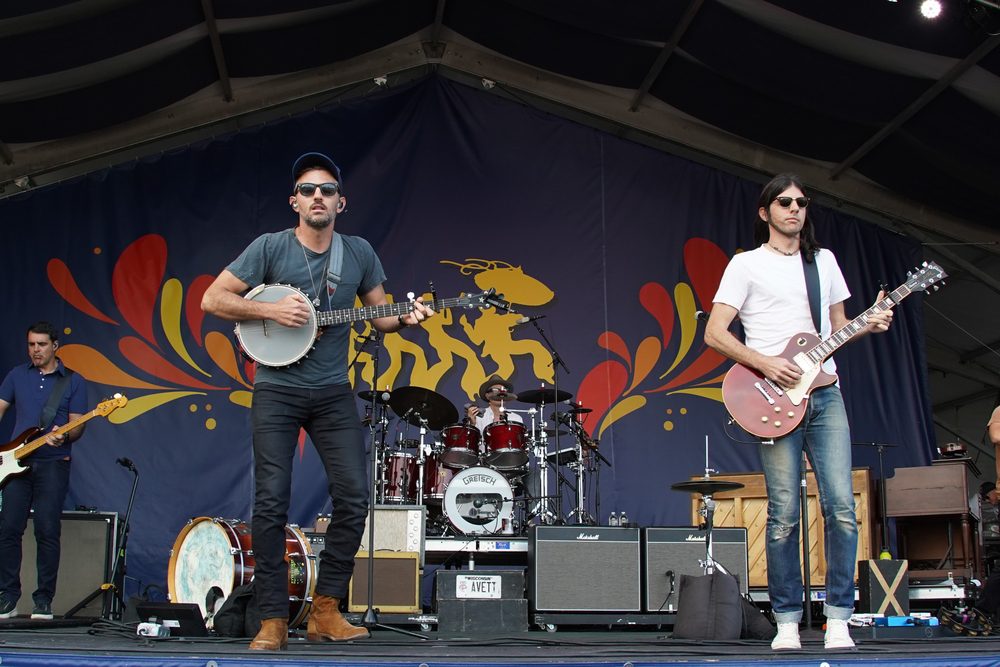
3 things happening in NC: How to greet New Year’s in North Carolina
The Avett Brothers take their New Year's show to Asheville, Charlotte chefs collaborate for free soup tradition, Carolina Beach runners kickstart...
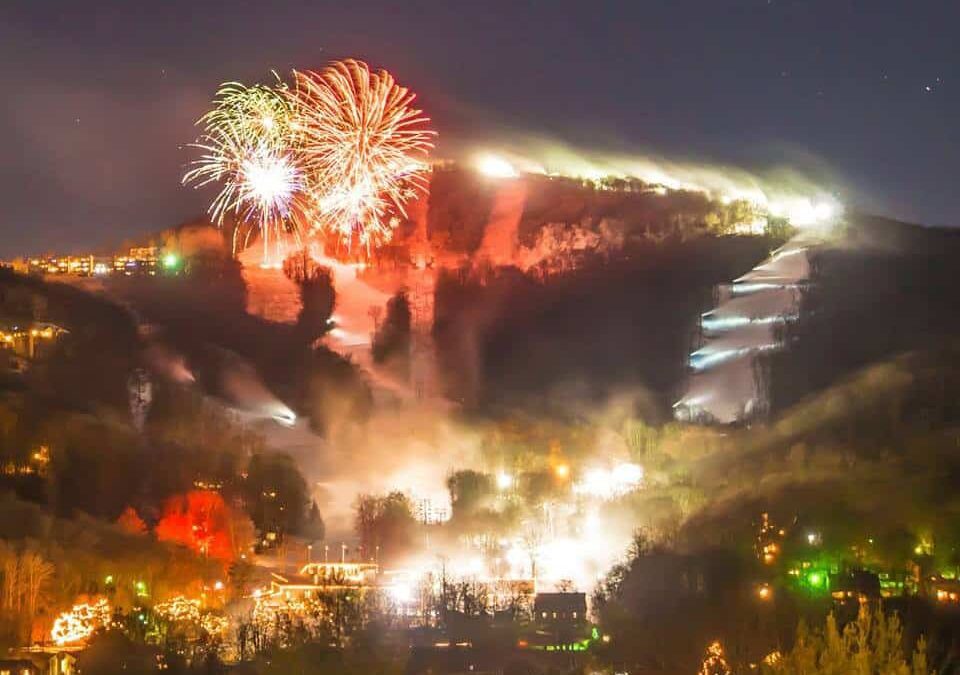
Check out the best New Year’s fireworks shows in NC, broken down by region
Check out these great fireworks shows, ranging from free to bougie, in each of North Carolina’s three geographical regions to end 2025 with a bang....

3 things happening in NC: Drive through High Point’s massive Christmas lights show
Cardinal & Pine's weekly roundup of NC happenings is a full-on holiday party this week. Drive through High Point's massive Christmas lights...

3 things happening in NC: Drive through High Point’s massive Christmas lights show
Cardinal & Pine's weekly roundup of NC happenings is a full-on holiday party this week. Drive through High Point's massive Christmas lights...
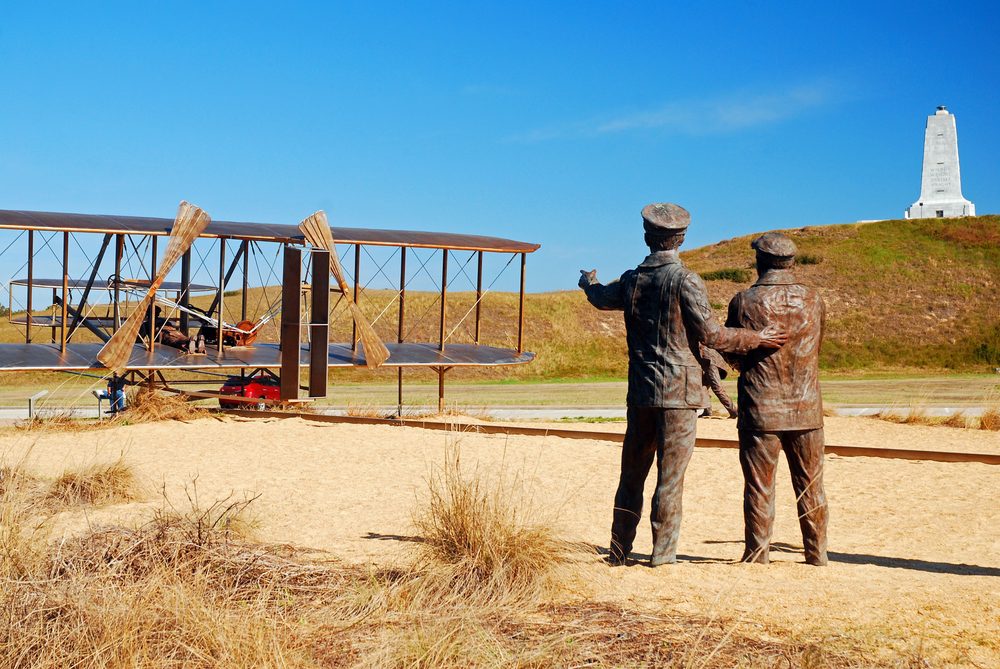
3 things happening in NC: Wright Brothers Day, holidays at Reynolda House, and Hillsborough Lantern Walk
Every week, Cardinal & Pine picks 3 things happening in NC that are worth your time. This week, a party for NC's historic first flight, the...



